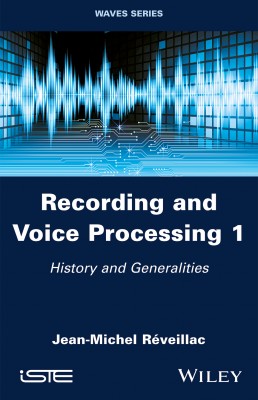
Capturing, recording and broadcasting the voice is often difficult. Many factors must be taken into account and achieving a true representation is much more complex than one might think.
The capture devices such as the position of the singer(s) or narrator(s), the acoustics, atmosphere and equipment are just some of the physical aspects that need to be mastered. Then there is the passage through the analog or digital channel, which disrupts the audio signal, as well as the processes that are often required to enrich, improve or even transform the vocal timbre and tessitura. While in the past these processes were purely material, today digital technologies and software produce surprising results that every professional in recording and broadcasting should know how to master.
Recording and Voice Processing 1 addresses some general theoretical concepts. A history of recording and the physiology of the vocal apparatus are detailed in order to give the reader an understanding of the fundamental aspects of the subject. This volume also includes an advanced study of microphones, addressing their characteristics and typologies. The acoustic environment and its treatment are also considered in terms of the location of the sound capture – whether in a home studio, recording studio, live or natural environment – in order to achieve a satisfactory sound recording.
1. Recording History.
2. The Voice.
3. Microphones.
4. The Acoustic Environment.
Jean-Michel Réveillac is a lecturer at the University of Burgundy, France, a consultant for large media companies and also runs a restoration, mixing and transcoding studio. He has been a specialist in sound processing for over 35 years.